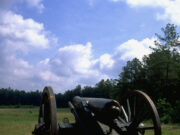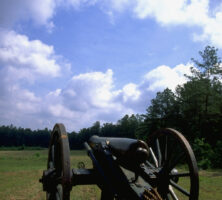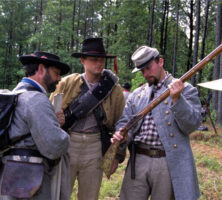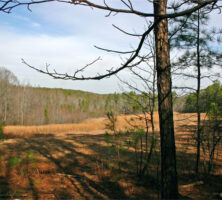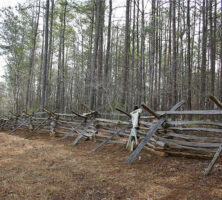The Battle of Pickett’s Mill was among the more decisive encounters of the Atlanta campaign during the Civil War (1861-65), and today, the Pickett’s Mill Battlefield Historic Site in Paulding County is one of the most thoroughly preserved and interpreted Civil War battlefields in the nation.
In May 1864 the Confederate army successfully prevented Union general William T. Sherman’s troops from occupying the town of Dallas, which Sherman sought as a strategic base of operations as he moved toward Atlanta. The battle was the bloodiest to that point in the campaign and by all accounts delayed Sherman’s eventual capture of Atlanta by at least a week.
The Battle
By May 23 Sherman’s army had crossed the Etowah River on the move toward Atlanta. In order to skirt the Allatoona Pass, where Confederate general Joseph E. Johnston’s forces defended the railroad, the Union forces crossed through the wilderness south to Marietta via Dallas, with more than 85,000 men and twenty days’ worth of supplies. Searching for a route between Johnston’s forces and the Chattahoochee River, Sherman drove his troops to the crossroads at New Hope Church, where they encountered Confederates under the command of Lieutenant General John Bell Hood on May 25. As Hood’s Corps stood its ground on May 26, Sherman ordered Major Lieutenant General Oliver O. Howard to lead 14,000 Union troops to the left of the Union army and attack the Confederates on Hood’s right.
Early in the morning of May 27, the artillery of the Union army began bombarding the Confederates at New Hope Church, and Howard ordered Brigadier General Thomas Wood to move his division toward the Confederates’ right wing. Marching through rough and densely forested terrain, Howard and Wood had difficulty locating the Confederate right flank, allowing Johnston time to shift his armies in order to reinforce that endangered flank, under Major General Patrick R. Cleburne’s command.
When Howard arrived at the west bank of Pickett’s Mill Creek, he thought that his army had moved beyond the enemy’s right and so ordered Wood to attack. Wood’s first two battle lines composed Union brigadier general William B. Hazen’s brigade. At 4:30 p.m. Hazen’s troops advanced, only to encounter the fierce firepower of Brigadier General Hiram B. Granbury’s Texans on the top of a rocky, tree-covered ridge. Soon after the battle began, the Texans were reinforced with Brigadier General Daniel Govan’s Arkansas troops and Brigadier General Mark P. Lowrey’s Alabama-Mississippi Brigade. After fifty minutes of bloody combat, Hazen’s surviving troops began to fall back. At this moment Wood sent in Colonel William Gibson’s brigade. This second attack also failed in the absence of sufficient support, and Gibson’s men fell back an hour later.
Around 6:00 p.m. Sherman’s troops received orders to end the attack. Howard immediately ordered Wood to send his remaining brigade, under Colonel Frederick Knefler, to the front with instructions to hold the Confederates in check until a regular defense line could be established around Pickett’s Mill. At 6:30 p.m. Knefler’s brigade encountered Confederates and pumped bullets at them until dark and then carried Hazen’s and Gibson’s wounded from the battlefield.
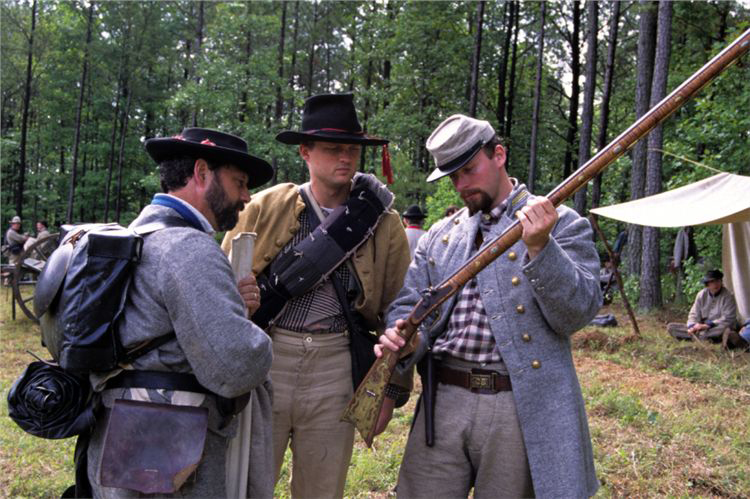
Courtesy of Pickett's Mill Battlefield Historic Site
Knefler received an order to withdraw at 10:00 p.m. However, with the permission from Cleburne to clear his front, Granbury’s Texans charged Knefler’s brigade nearly at the same time. Surprised by the sudden onslaught, the Union forces fired a ragged, harmless volley and fled. The Texans took many of them prisoner.
Aftermath
The following morning, Johnston visited the battlefield, and Cleburne estimated the Union casualties to be 3,000, with 448 of them his own. In truth, Union casualties came to around 1,600. Nevertheless, the battle was a major victory for the Confederacy. Many of the dead were initially buried at the site, but in 1866 most were reinterred at the Marietta National Cemetery.
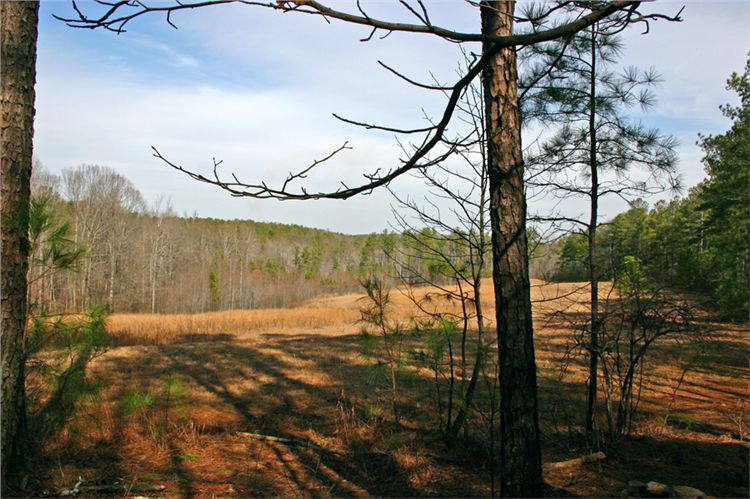
Courtesy of Pickett's Mill Battlefield Historic Site
The Battle of Pickett’s Mill delayed Sherman’s progress; when his forces emerged from the wilderness, they were no closer to Atlanta than they had been almost two weeks earlier. The real significance of the battle was that it marked the beginning of trench warfare. Beginning at New Hope Church and continuing until September 2, much of the war around Atlanta was fought in trenches. Trench warfare cost Johnston his single important advantage of maneuver over Sherman’s superior manpower and materiel, eventually leaving Johnston with no choice but to retreat or accept defeat.
Preservation and Excavation
The memory of the Battle of Pickett’s Mill gradually faded. In the 1950s local historians Wilbur Kurtz and Beverly Dubose informally mapped the site of Pickett’s Mill. Georgia Kraft Company owned the site, and interest remained minimal until the Civil War centennial of the early 1960s.
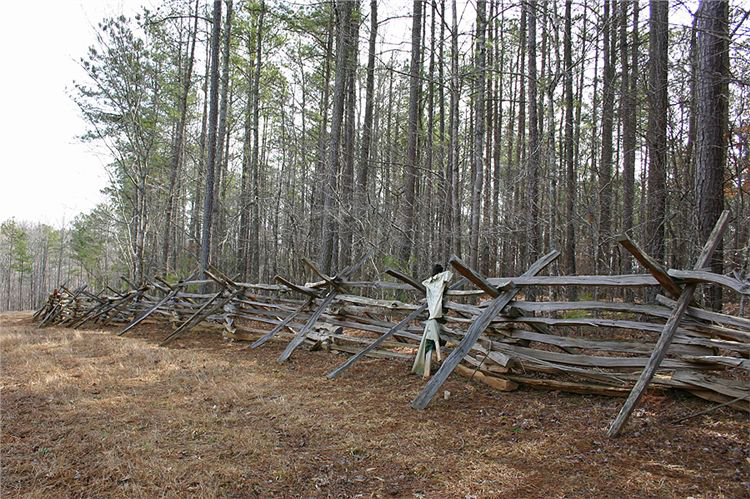
Courtesy of Pickett's Mill Battlefield Historic Site
In 1971 a group of interested citizens, led by historian Philip Secrist, initiated the purchase of the battlefield, and the state of Georgia was persuaded to purchase it in 1973-74 and establish it as a state historic site. The state entered into negotiations with several other smaller landowners to purchase the last piece of the park in 1981.
The Pickett’s Mill Battlefield Historic Site was officially opened to the public in 1990. It consists of 765 acres of nearly pristine wilderness, with evidence of trenches still apparent at various points on the battlefield. In addition to the remains of earthworks, parts of the old Pickett’s Mill still stand. In 2010 the historic site received attention as one of the most endangered battlefields, due to state cutbacks in spending that affected maintenance of the site and its hours of accessibility to the public. It has recently been the site of archaeological investigations.


